Offline ISO file and want to create a bootable USB drive for clean or fresh installation in your computer system, this article will help you. This is the easiest and quickest way to make Windows 11 bootable USB along with disabling all installation requirements check. I have tried the first method – create bootable USB with the script from github. When I try to boot into the USB it won't allow me to upgrade, only clean install. If I choose upgrade it tells me to launch USB from windows to upgrade, not boot into USB. If i restart the same error shows again.
If your machine doesn't support Microsoft's hardware requirements for Windows 11, you can still install the software on your computer. However, the company recommends you don't install the ISO onto your unsupported machine, and has warned that those who do so might not receive automatic updates. That means you'll need to install each Windows 11 update from the ISO file as they are released.
Actually installing Windows 11 is a very simple process. Once you have created installation media, you can simply launch the setup file in your flash drive, then click through the installing process. Once the installation process is finished, you'll be running Windows 11. If you want to do it this way, it's pretty much the same as having an ISO file. Microsoft has officially released Windows 11 with the TPM 2.0 and secure boot requirements. Based on what Microsoft has said, computers from 2016 later can support windows 11, older PCs cannot support windows 11.
If you are one of those guys who want to install windows 11 on an unsupported PC, the first step is to create bootable USB for unsupported PC to install windows 11. If you already have a backup of the computer and files. You have an activation key, or the current setup is activated correctly.
The device can start from a USB flash drive, and you disconnected non-essential peripherals, then you can skip this part to the bootable media creation and a clean install process. A Windows 11 ISO image lets you clean install Windows 11 on your computer. ISO files are disk images to create bootable USB drives and discs. They are also used to boot a virtual machine.
When you create your virtual machine, VMware Workstation Player asks for the location and name of your installation disk image file. Navigate to and select your downloaded Windows 11 ISO file. Click Next and then follow the steps to set up the VM and install Windows 11. Navigate to the downloaded Windows 11 ISO file, and select it. Your final Rufus screen should look something like this. ISO files are disk images that are used to install operating systems.
You can download the Windows 11 ISO from the Microsoft website and use it to perform an in-place upgrade. To do so, you're going to need a USB to create a bootable USB installation drive. Alternatively, if you don't have a usable USB, you can virtually mount the ISO using a tool like DAEMON Tools Lite.
The process of creating a bootable USB for any Windows operating system is the same as it was for Windows 10 windows and Windows Server or any other type of windows. The thing is that Microsoft's TPM 2.0 requirement and secure boot, alongside generation 8, is really causing users to install Windows 11 on unsupported PC. There is a small trick that you can use it to bypass the processor, TPM, and secure board issues to install windows 11 on Unsupported PC. Let's begin without wasting time.
After you complete the steps, the computer can start from the bootable USB drive to continue with the clean installation process. A clean installation of Windows 11 is the process of completely erasing the computer's hard drive and applying a fresh copy of the OS to configure a new laptop or desktop computer. Or you can use this method to resolve issues with an existing setup.
Windows 11 Iso Usb Install For example, to fix memory, shut down, startup, apps, stability, and performance issues. Furthermore, and perhaps more importantly, a Windows 11 clean install can improve battery life and is the best method to get rid of viruses and other types of malware. The rest of the process is just like any regular old bootable USB installation. Attach the USB drive to the system you want to upgrade to Windows 11, and boot it up.
You can now boot into the Windows 11 bootable USB by bringing up your Boot device menu by pressing the boot options key specific to your system. It's usually the Delete key or one of the function keys. You can look up the key binding specific to your system.
Once the boot device menu shows up, select the USB drive, and follow the Windows 11 installation setup. The following methods need a Windows 11 ISO file to work. Whichever way you choose, you will use your Windows 11 ISO file to create a bootable install USB Flash drive or install Windows 11 in a virtual machine. You can even get away with skipping the product key so you can run the new operating system completely for free . What you need is a Windows 11 ISO file you can boot from and use for a clean install or an in-place upgrade. Fortunately, there are a few ways to get one.
First, you can download a Windows 11 ISO directly from Microsoft. Finally, you can use Aveyo's open-source Universal MediaCreationTool to create an ISO that bypasses WIndows 11's TPM requirement. The first step is to choose the system image file you need and click "Select." The second step is to select the media type, in our case it's the USB device. If you don't have any important files on this drive, click "Start". Alternatively, you can create it with the help of Media Creation Tool. To do it, in the Media Creation Tool page "Choose media", select "ISO file" instead of "USB flash drive".
Wait for the files to be downloaded and the system image to be created. When this process is complete, the Windows 11 ISO file will be saved to the folder you have chosen. The Windows 11 installation has two parts, like on Windows 10.
First is the setup, and second is the out-of-box experience . In the first part, you will configure some basic settings, select the target drive, configure the partitions, and begin the clean installation process. Once you complete the steps, Rufus will download the ISO file from the Microsoft servers and create the bootable installation media. Alternatively, you can try and use the USB drive as a bootable installation drive.
However, this is where things get even more complicated, due to Windows 11 requiring Secure Boot, and the USB drive we just created not being compatible with that feature. Before you can begin your install, you need to get a Windows 11 ISO file. First make sure you have a full backup of your data since will be installing on top of the existing data. You can download the Windows 10 media from the Windows 10 .iso download site and then set the computer to boot from the flash drive. Typically, I find this is often the hardest part of the process — finding the combination of keys that allows you into the bios to force the system to boot from the flash drive.
To create a Windows 11 bootable ISO that automatically bypasses system requirements, we will use a freeware tool AnyBurn. After that, you need an official Windows 11 ISO file that you need to download from the Microsoft website if not already did. When you're ready with these two files, you can proceed with the steps.
No matter which method you choose to install Windows 11 without Secure Boot, please remember that these workarounds or hacks might not give you the option to upgrade to Windows 11. So, you may end up having to do a fresh install of Windows 11 on your computer. Which is why, it is always a good idea to backup your personal files because you would surely lose them if you do a clean installation of Windows 11. Click the advanced options link during the installation process and choose to run the install without online assistant or updates.
We want to install from the file we copied over and not from a file stored in the cloud. This means there will be updates to download and install after the initial process is completed. Windows 11 Setup allows you to do a clean installation of Windows 11 or to keep your personal files and apps.
HP recommends backing up all data before installing in case of data loss. The Windows 11 Media Creation Tool does not provide the supported storage drivers for computer models with Tiger Lake memory configurations. If you are installing Windows 11 from a USB flash drive at startup , this issue stops the installation process before you choose a Windows installation hard drive. Microsoft released Windows 11, its newest operating system on October 5, 2021. It has been over six years since a major OS release and the Redmond-based software giant brought something new for its users with the latest release. Windows 11 makes it easier for users to maximize their productivity and improve the experience with many tools and features.
The beautiful and more consistent design has been optimized for screen space to allow more focus and attention. There are performance-enhancing features, support for Android apps, window layout options, and multi-monitor functionality on the latest Windows operating system. You can visit Microsoft's official website and check if your current PC meets the minimum system requirements. This option is for users that want to create a bootable installation media or create a virtual machine (.ISO file) to install Windows 11. Confirm your decision to destroy all data on this drive, and wait until the files are copied to your USB drive. When it is over, you will see the word "Ready" appearing below which means the bootable flash drive is now ready to use.
You can start installation of Windows 11 as the main operating system. As we've mentioned above, if you download an ISO file and you just want to upgrade to Windows 11, you can actually mount the ISO in Windows and run the setup file from there. Double-click the ISO file, run the setup file, and you're good to go. However, if you want to perform a clean install or format your PC, you may need to create a bootable USB drive. You can do that using the ISO you've already downloaded. Once you have enabled Windows 11 upgrade for unsupported PCs without TPM, you will need a Windows 11 installation media.
You can get the Windows 11 ISO from Microsoft for free, then create an installation media from that using a USB flash drive. After downloading the ISO file, you might want to create bootable USB drive to clean install Windows 11 in your computer system or other devices. Now the USB flash drive is booted with windows 11, however, if you use it to install windows 11 on your unsupported PC you can't install windows 11. So, this is where the registry comes, open the notepad in a computer and paste the following code in the notepad. You can also use the Rufus tool to create the installation media. Rufus is a free tool with many options to help you create a bootable media of Windows 11, 10, or 8.1 faster.
However, it's important to remember that it's a third-party option, which Microsoft does not support. This method allows you to decommission the device safely without giving away your personal files. Also, this is typically the approach you will use to install Windows 11 when replacing the hard drive. To assure we are all on the same page, the following procedure will update an existing unsupported Windows 10 PC to Windows 11.
On qualifying hardware, this upgrade is performed automatically as part of the standard security update process. On hardware failing to meet the requirements, the installation must be performed manually. Now, press the Windows key + E to start File Explorer, browse your USB flash drive, and select the Windows 11 setup file to start the installation process. Once all the files are downloaded, the ISO file should be created automatically. Press 0 on your keyboard to close the command prompt window and look in the setup files folder from step 1.
Performing a clean install, in contrast, gives you a completely fresh start with Windows 11, and ensures that it runs as smoothly as possible. You can either install the new operating system on a spare PC, or on a partition on your current hard drive, so you won't overwrite important files or lose access to Windows 10. Option is available for only ten days after installing Windows 11.
If you perform a disk cleanup, refresh, or reset in Windows 11, you do not have the option to go back. If you have deleted the windows.old file from your computer, you do not have the option to go back. If your installation required an external USB flash drive, you must connect the same USB flash drive to your computer to go back. For that, you'll need an empty USB Flash drive that's at least 8GB. When you open the setup.exe file and start the installation process it will actually install Windows 11 by removing the currently installed Windows 10. If the USB drive still contains data, it will be deleted.
Click Erase USB drive to make room for the Windows files. After the files are copied, the tool will tell you that the bootable USB device was created successfully. You can then use your USB device to install the program. An effective way to burn the ISO to a disc or copy it to a USB stick is to use a free Microsoft tool called Windows USB / DVD Download Tool. This program copies the contents of the ISO file to a disc or USB drive, which then becomes bootable. This method is useful if you want to install Windows 11 on a clean computer or as part of a dual-boot setup.
Microsoft no longer offers this utility on its website, but you can still find it on other websites like FileHippo and Major Geeks. When the installation media is created, you will see the message saying "Your USB flash drive is ready." Click "Finish" and your Windows 11 bootable drive is ready to use. Make sure the correct USB drive is selected, especially if more than one removable drive is connected to your computer. The tool downloads Windows 11 onto your USB drive and then creates the installation media. When the process is complete, click Finish.
If you want to use this ISO to upgrade Windows 10 to Windows 11 dynamically from a running system, you will additionally need to activate the TPM bypass shown in method 4 below. If you really can't do the above or just want to take the new OS for a test drive, however, this is how you install Windows 11 on unsupported hardware. Earlier, we have shown you to upgrade from Windows 10 to Windows 11 without creating bootable USB media. In this gearupwindows article, we will guide you on modifying the official Windows 11 ISO file so that you can install Windows 11 on a VirtualBox or VMware. Once you have ISO with bypassed system requirements ready, you can make a bootable USB drive using Rufus if you want. Once it's downloaded, double-click the ISO file and run thesetup file inside.If you want to create USB installation media, check the section below.




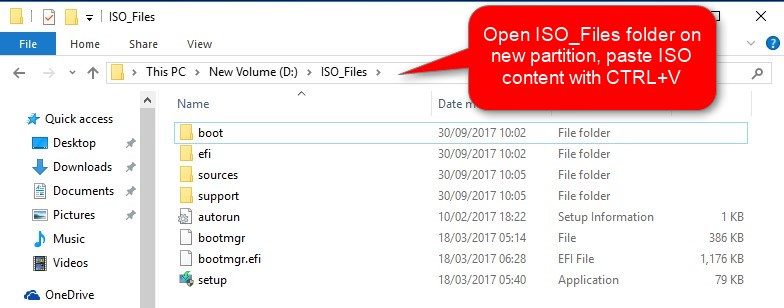





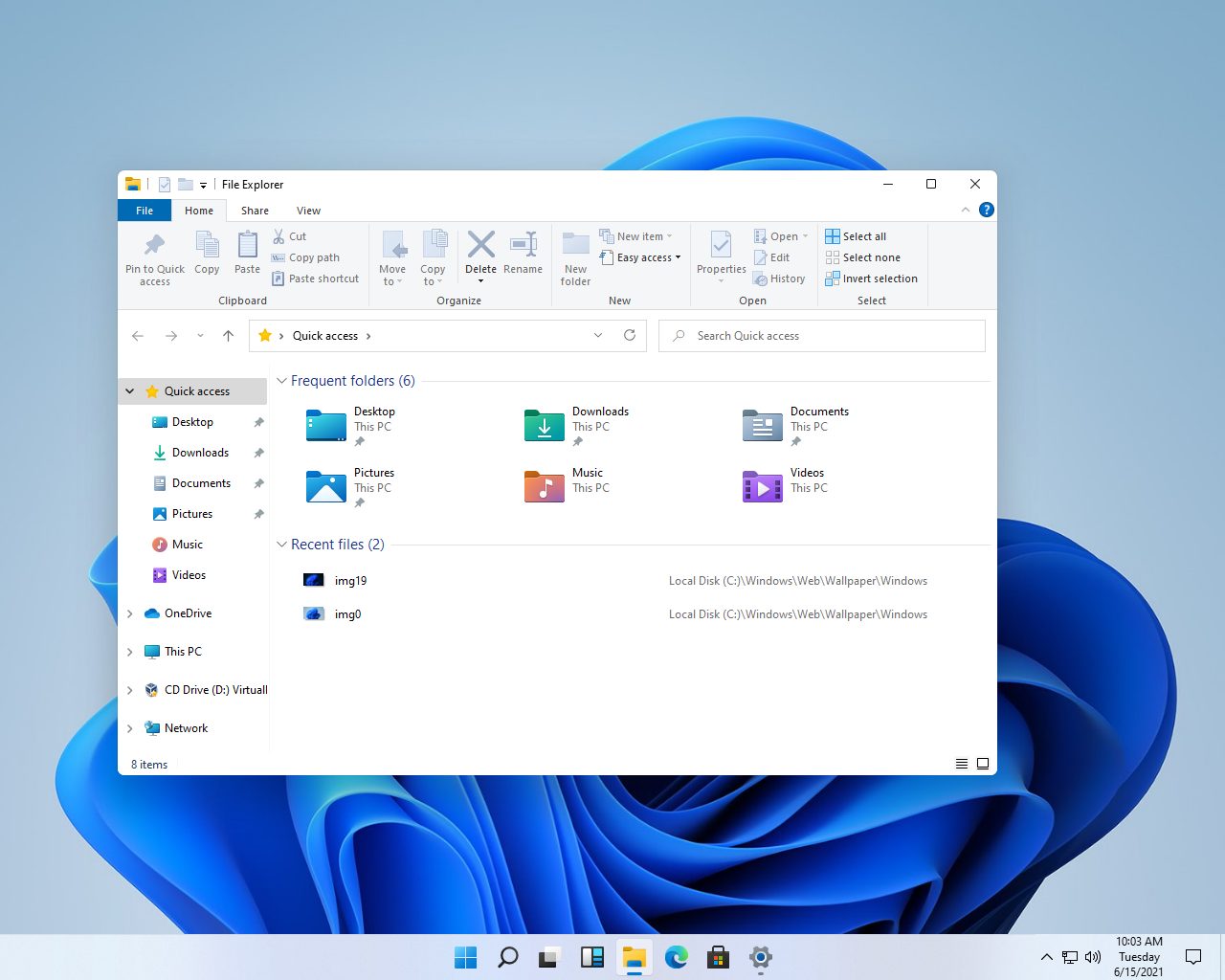
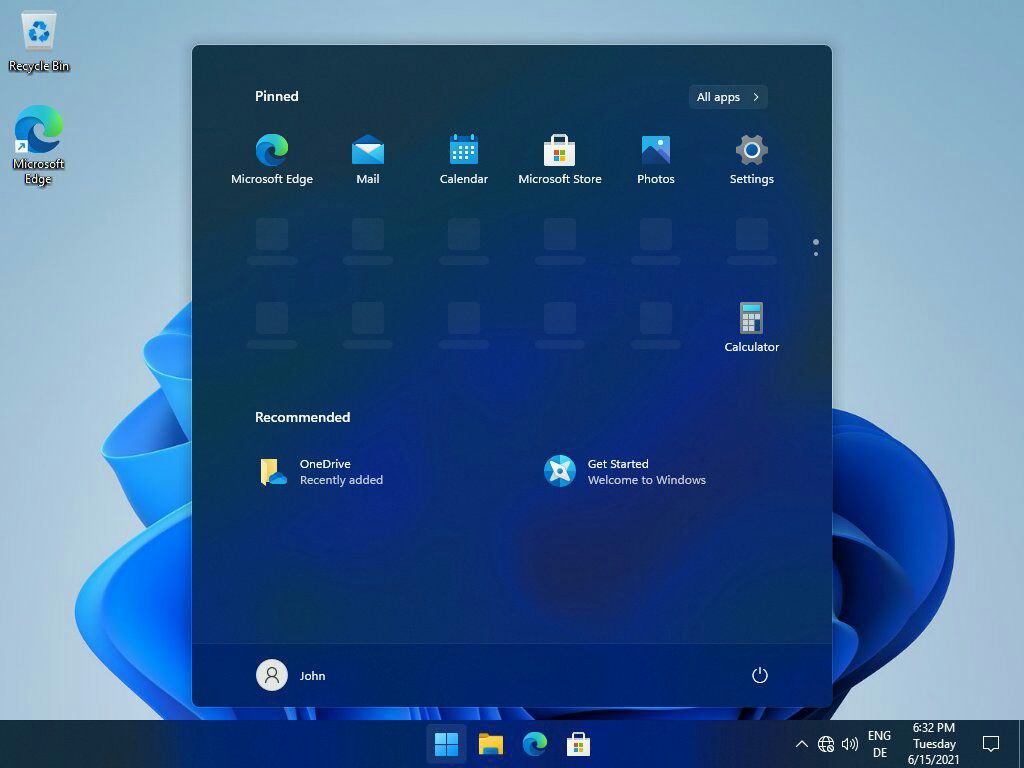




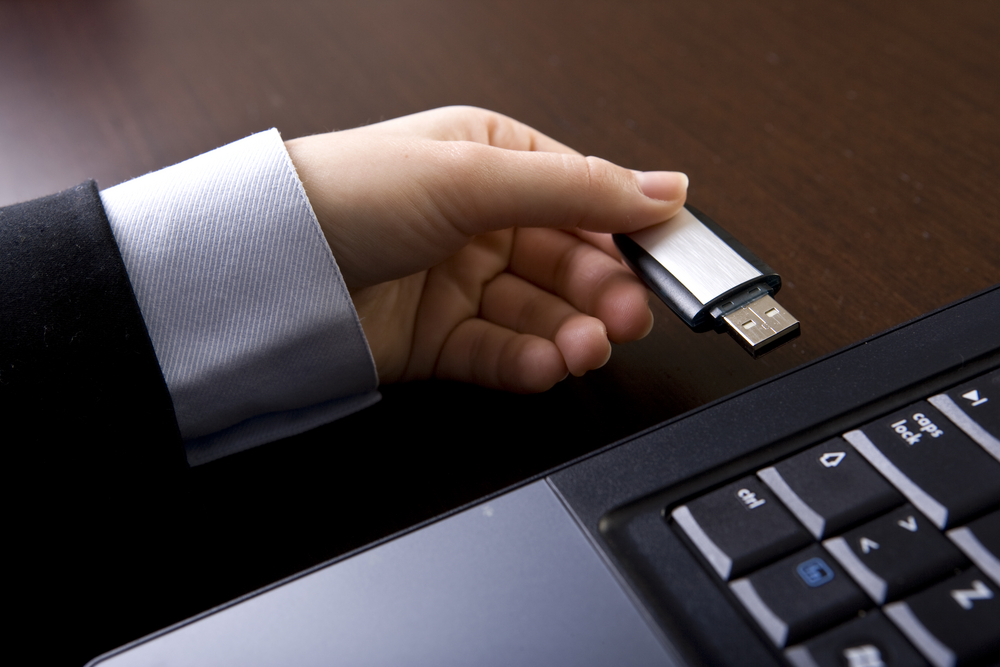




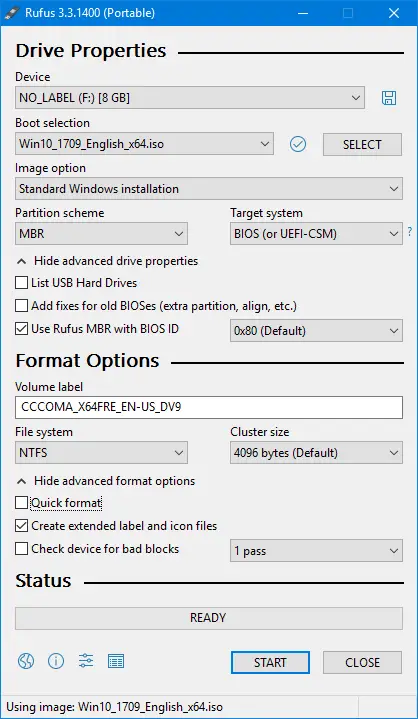








No comments:
Post a Comment
Note: Only a member of this blog may post a comment.